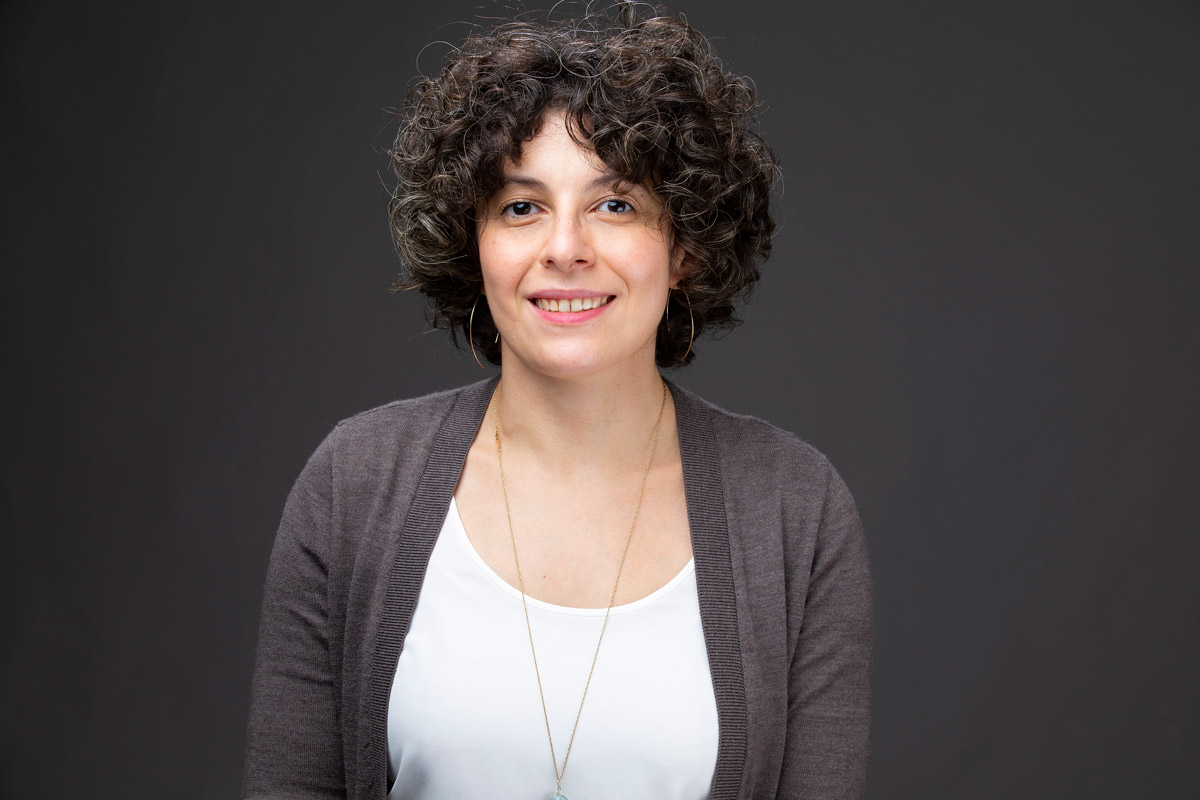Abby Folberg, Ph.D., Awarded Visionary Grant to Explore Prejudice Confrontation
Abby Folberg, Ph.D., was awarded a visionary grant through the American Psychological Foundation’s EnVISION Antiracism Campaign. In collaboration with researchers at the University of Kentucky, she will examine how prejudice confrontation diffuses through social networks.
- published: 2022/04/14
- contact: Courtni Kopietz - College of Arts and Sciences
- search keywords:
- Research
- Psychology

Research on prejudice reduction indicates that confronting someone who says or does something that is perceived as racist reduces the likelihood that the person will express racism in the future. Imagine a scenario in which two people are talking face-to-face and one of them makes a racist comment. If the other person indicates their disapproval, for example, by saying, “that was really racist!” or “I’m uncomfortable with what you just said or did,” the original speaker may feel bad and be less likely to exhibit prejudice in the future.
We want to see how that information about prejudice confrontation travels through people's social networks among Black, White, and Latinx individuals. And we're interested to see whether that affects their intentions to confront prejudice in the future.
Folberg’s work takes this scenario a few steps further. Although the example above may appear to be an isolated incident that occurs between two people, other people are likely impacted by it. A third bystander may witness the interaction, or one of the original people involved may later relate the story to someone else. In either case, these additional people are gleaning information about the costs and benefits of confronting prejudice, and lessons learned can inform their actions in future scenarios.
“That's really the thrust of this work,” Folberg says. “We want to see how that information about prejudice confrontation travels through people's social networks among Black, White, and Latinx individuals. And we're interested to see whether that affects their intentions to confront prejudice in the future.”
The research will also look at scenarios in which nobody spoke up and examine how that implied tolerance or passivity in response to racism travels through social networks.
Folberg says that the group dynamics impacts these scenarios. White people often perceive White confronters as more credible and less self-interested than people of color, whereas people of color may perceive White confronters as more self-interested and less sincere than Black confronters and be more suspicious of White confronters’ motives. Thus, what constitutes a successful or effective confrontation may be different across different groups. As another example, a person central to a friend group may have more influence and see more success in confronting prejudice than a person peripheral to the friend group.
To conduct the research, Folberg and her collaborators are collecting survey data and asking people to answer questions about the last incident of this kind they remember, how they felt, and questions related to how information about the confrontation spread through people’s social networks. Although Folberg is focusing on confrontations that happened face-to-face, the medium through which the incident is recounted to others may vary — such as sharing on social media, recounting the story via text or phone call, etc.
As you might imagine, mapping these networks, communications, and psychological impacts can get complicated quickly, making the interdisciplinary expertise of Folberg and her collaborators that much more important. Folberg first met Jennifer Hunt, Ph.D. (she/her), an Associate Professor of Gender & Women’s Studies and Psychology at the University of Kentucky (UK), as a Ph.D. student at UNO. Folberg then received a competitive University Research Postdoctoral Fellowship to study with Dr. Hunt at the University of Kentucky. Together they studied tolerance of bias, the extent to which someone thinks other people have the right to their own views and found that it impacted confrontation intentions.
From there, they connected with Judy Goldsmith, Ph.D. (she/her), a Professor of Computer Science at UK. Goldsmith, and her graduate student, Isaac Betts (they/them), who bring expertise about network dynamics to the project, whereas Hunt and Folberg bring expertise on the psychology of racism and prejudice confrontation.
“We’re interested in exploring what types of incidents are being described across different racial/ethnic groups, how that information travels, and who they're discussing it with,” Folberg says. “For example, White people are often really uncomfortable discussing race and may be less likely to tell a Black colleague about a racist incident that they witnessed.”
Recognizing intersectional identities and the role they play is also an important piece. In society today, social justice topics and racial equity are front of mind for many people, and Folberg is glad to contribute to research that could be used to inform future efforts.
“Preliminary evidence suggests that bystander intervention trainings tend to be more effective than conventional diversity trainings because they give people actual tools to use in response to an incident,” Folberg says. “This work could be used to inform bystander intervention projects and figure out how we could more effectively, for example, reduce racism in our community or empower people to confront prejudice when they witness it.”